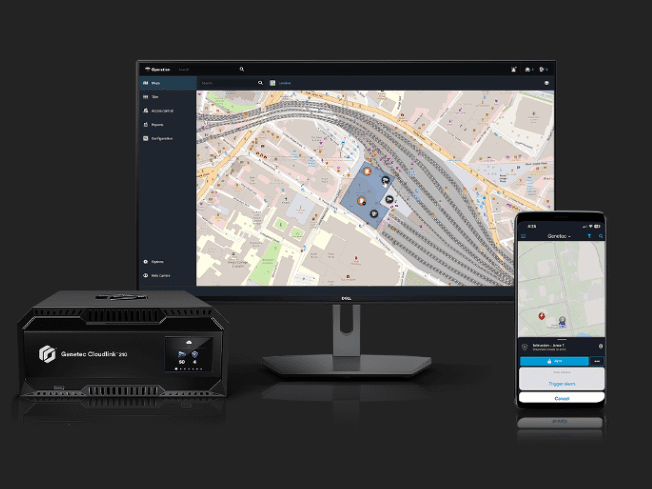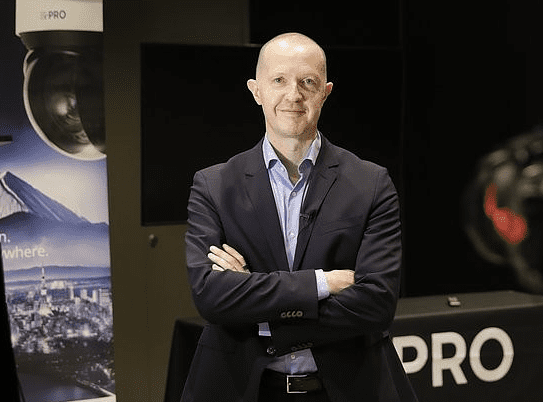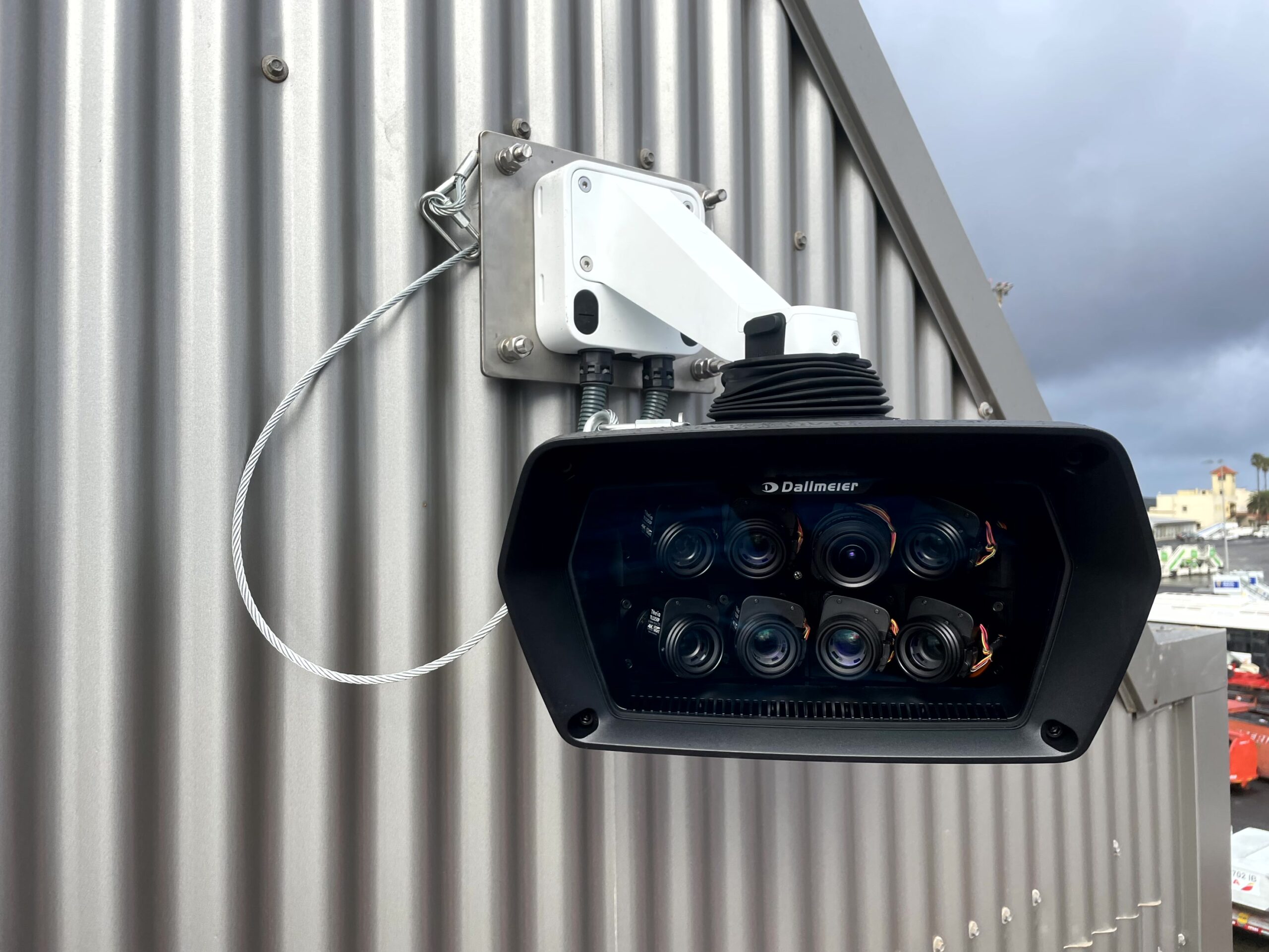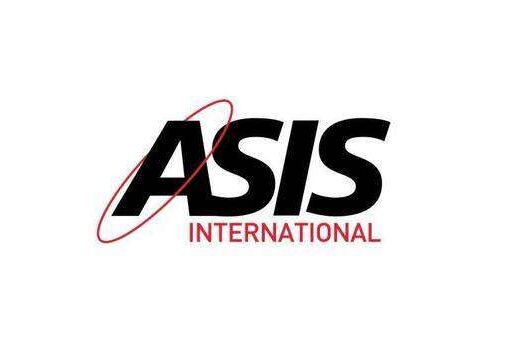 James Whybrow of VidSys talks to SecurityNewsDesk
James Whybrow of VidSys talks to SecurityNewsDesk
VidSys is a leading provider of Physical Security Information Management (PSIM) software and they exhibited with ARINC at the Transport Security Expo held at London Olympia on 13 and 14 November 2013. ARINC are a systems integrator who utilise Vidsys software in their solutions.
James Whybrow, the Regional Sales Director for Europe with VidSys spoke to SecurityNewsDesk.
“Vidsys PSIM software is perfectly aligned for the Transport Security arena, able to integrate an array of disparate sensor and alarm systems from different manufacturers into one common platform and user interface which is able to prompt the operator with the correct procedures should an incident happen”.
VidSys was founded in 2005 in the US to provide intelligent software to the transportation market, such as, the Joint Transport Management Centre in New York City. VidSys found the transition to bring in physical security feeds and alarms to the software as a natural progression.
“VidSys have been in the UK since April 2011 and have expanded into Dubai, Bahrain and Saudi Arabia, where we have opened dedicated offices and demo facilities. This expansion is based on some major project wins.” Whybrow emphasised the need for a real presence on the ground in the Middle East to maintain vital contact with customers.
The integration of different systems isn’t a problem. “I don’t think we’ve found anything we can’t integrate to, including old analogue fire panels. There are technical ways around integrating some of this type of older legacy kit.” VidSys started by integrating old analogue and IP video systems, which has led to integration of a diversity of systems into one software platform.
With a VidSys solution, Whybrow estimates that the life of a CCTV network could be extended by two years through integration of multiple disparate video systems. Customers can benefit from a fully integrated PSIM solution rather than an expensive capital expenditure project that completely rips and replaces kit in one go. “We are regularly seeing projects re-engineered once customers realise this cost-effectiveness. A PSIM can enable a staged upgrade program for hardware while benefits are derived from integrating existing systems. Then customers can choose a best of breed and a mixture of propriety systems because the PSIM will integrate and future-proof them.”
VidSys PSIM has a common interface no matter what sensor or alarm feeds it, which significantly reduces the training burden for operators. “They only need to learn one system,” so training for a new operator is straightforward and, “for most of our customers, training is between 3 and 4 hours as it is designed to be as user friendly as possible.”
Whybrow said the challenge is that some markets and regions still aren’t sure what PSIM is. “There are only five things a PSIM system has to do and that is collect information, analyse, verify, resolve the alarm and then report. There are too many systems claiming to have PSIM capabilities but that’s because people don’t fully understand it.” The US continues to lead the market in terms of understanding, while PSIM is starting to gain traction in Europe and the Middle East but market education is still important at this time.
“Part of our go-to-market strategy is educating the industry that this type of software is available and can make security officers lives so much easier while streamlining overall security operations and delivering a real return on investment.”
To discuss VidSys PSIM solutions to streamline your security operations, visit their web site at www.vidsys.com or contact James at [email protected] for further details.























